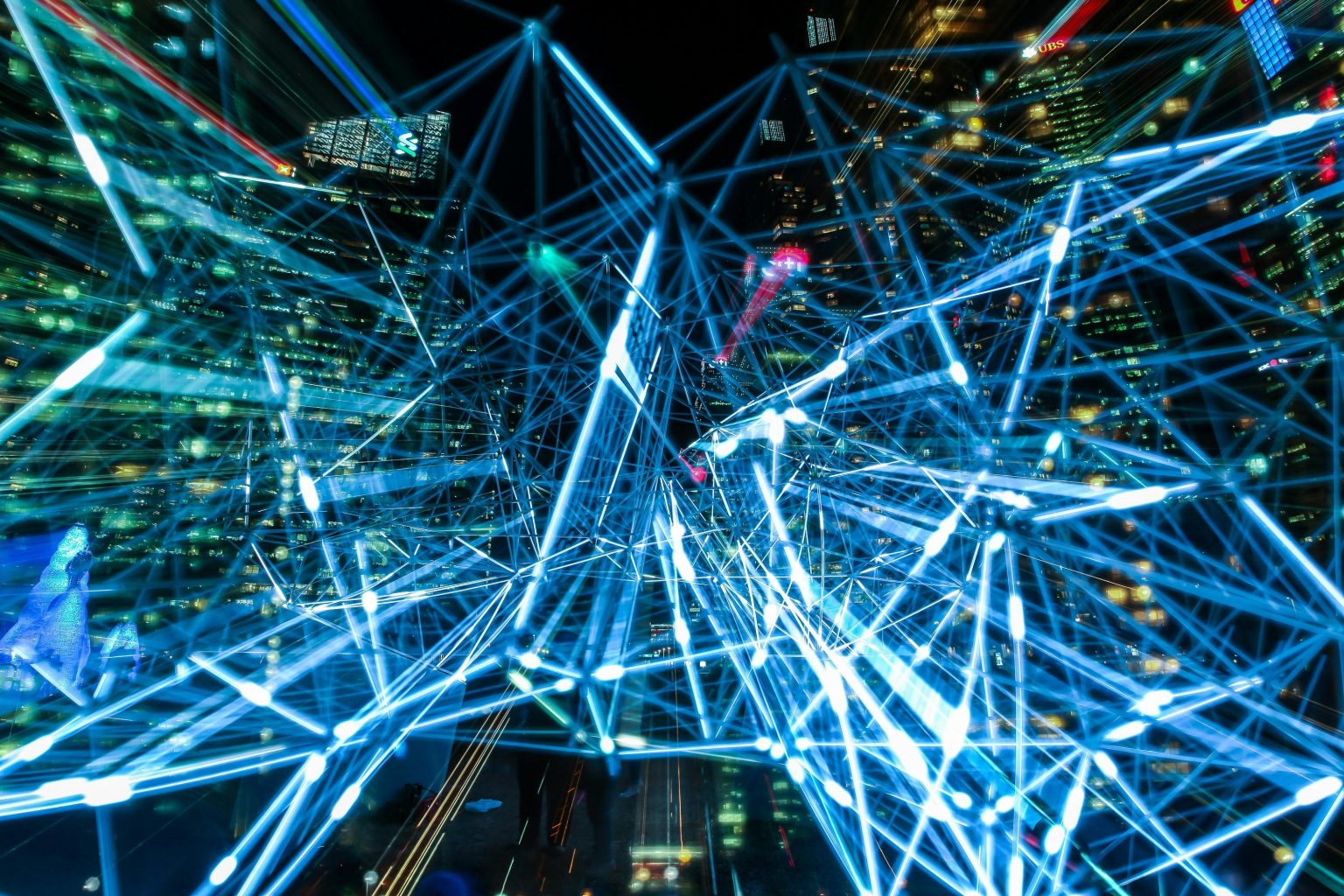Artificial intelligence is being used in new ways every day. One of these uses is the creation of apps that use AI to change photos, including tools that can make fake nude images. Understanding what is DeepNude gives insight into how easily photos can be changed and why this technology raises questions.
Knowing the ethics and legality of AI-generated images is important for anyone concerned about privacy, safety, or online behavior. This article will look at the main concerns that come with apps like DeepNude and why people should pay attention to how these tools are being used.
Understanding DeepNude Technology and Its AI Foundation
DeepNude uses artificial intelligence to edit and change photos, making them appear as if someone is undressed. The technology relies on machine learning, which helps the system guess and fill in body details that were never actually shown in the original picture.
The software works by studying thousands of images. It finds patterns and learns how to predict what a body could look like under clothing. This process is done by training the AI with lots of examples until it starts to create fake images.
These results can look surprisingly real. Because the program uses advanced image generation, it can fool people who do not know the picture was changed by a computer.
AI photo manipulation tools like DeepNude open up tough questions. They blend computer science with areas like privacy, consent, and digital safety. People are learning more about how these tools are used and what limits should be in place.
Legal Status of DeepNude Across Different Countries
Laws about DeepNude and similar apps are different from country to country. In some places, using or sharing images made with these tools is against the law, especially when there is no consent from the person in the picture.
Many countries treat non-consensual creation or distribution of these images the same way they treat other privacy violations. Penalties can include fines or jail time. Some regions update their laws often to keep up with changing technology.
In other countries, laws are not as clearly defined. This can make it hard for victims to seek justice. Lawmakers in some areas are discussing new rules to address the rise of deepfake and DeepNude content.
Awareness about these legal differences is growing. While some countries have clear rules, others are working on new laws to protect people from misuse.
Ethical Concerns: Consent and Privacy Violations
Using DeepNude without someone’s clear permission raises serious consent issues. People may have their images changed and shared without agreeing to it. This can harm their trust and sense of safety online.
Privacy is also at risk when DeepNude is used. The technology can turn normal photos into fake images, revealing images. These pictures might spread quickly on the internet, making it hard for people to control what happens to their own images.
Even if the fake images are not real, the impact can feel very real to those targeted. They might face embarrassment, stress, or even threats. Once these images are online, it is difficult for someone to remove them completely.
Misuse of DeepNude does not just affect individuals. It also shapes how people view privacy and trust in digital spaces. These actions can damage relationships and even have legal consequences for those involved.
The Role of Deepfake Laws in Regulating DeepNude Content
Deepfake laws have been developed in response to the rise of edited images and videos that look real but are not. These laws try to address how technology like DeepNude can be used to create and share fake explicit photos without the person’s approval.
Some countries have laws that punish making or spreading explicit fake images of people without their consent. These rules are meant to protect privacy and stop harm caused by this kind of deepfake content.
Recent legal steps focus on banning tools that create realistic images, especially when victims never agreed to have these images made or shared. Lawmakers continue to look for ways to balance freedom of expression with privacy and safety in the age of artificial intelligence.
Deepfake regulations keep changing as technology advances. The main goal is to keep up with new threats while protecting people from abuse, embarrassment, and unwanted exposure.
Impact of Non-Consensual DeepNudes on Victims
Non-consensual deepnudes can cause real harm to those targeted. Victims often feel exposed and helpless after their images are created or shared without permission. The lack of control over their own likeness can lead to distress and a feeling of violation.
Many experience anxiety, fear, or embarrassment. Some may avoid social activities or change their behavior out of concern that someone might see or mention the images. Even if the images are taken down, copies can continue to exist online.
These problems do not just affect adults. Teenagers and younger people can also become targets, leading to problems at school or at home. The emotional impact can sometimes be long-lasting.
There are also legal risks. Victims may worry about their reputation, relationships, or even future job chances. The effects can reach different parts of their lives, causing problems that are hard to fix.
Conclusion
DeepNude technology raises serious questions about privacy and personal rights. Using this type of software without someone’s consent can cause harm and emotional distress.
The legal status of these tools is changing as lawmakers address new challenges. Many people call for stronger rules and better education to protect individuals online.
Respect, digital responsibility, and awareness should guide actions in this area. Law and ethics both play a role in shaping how society responds.



